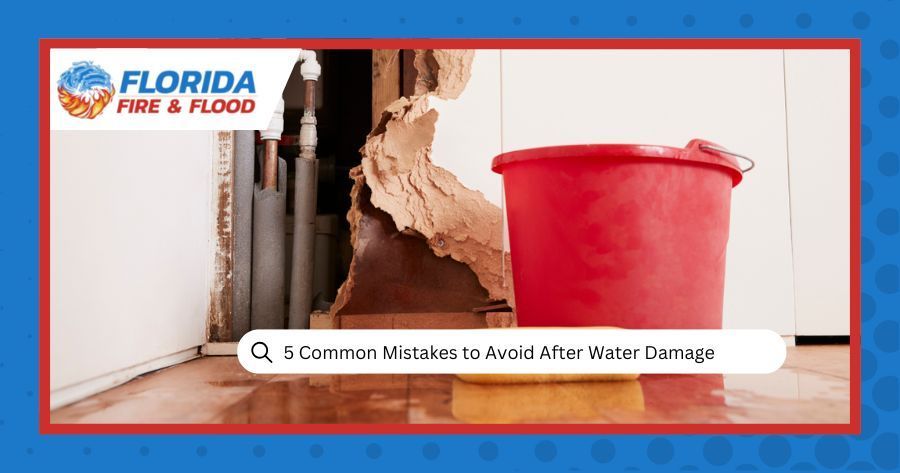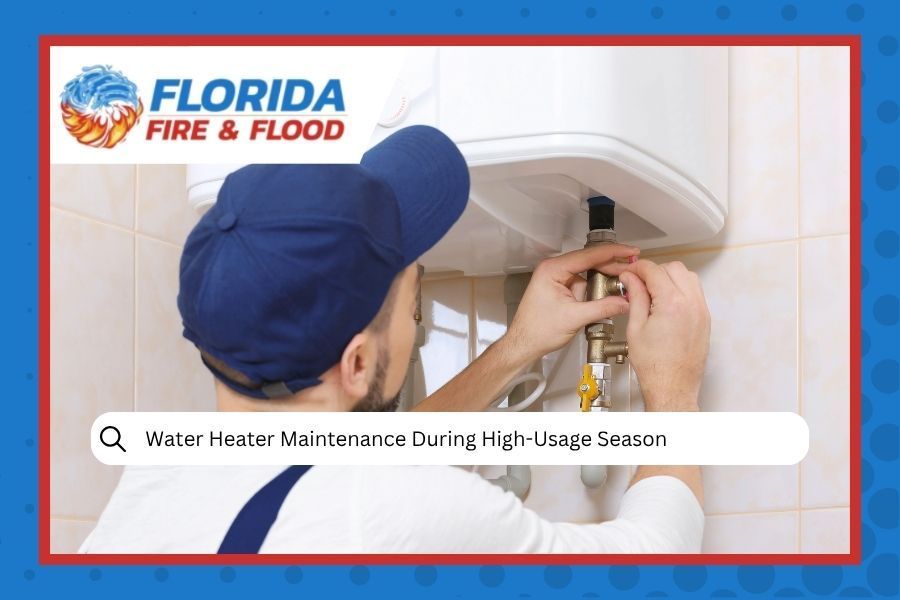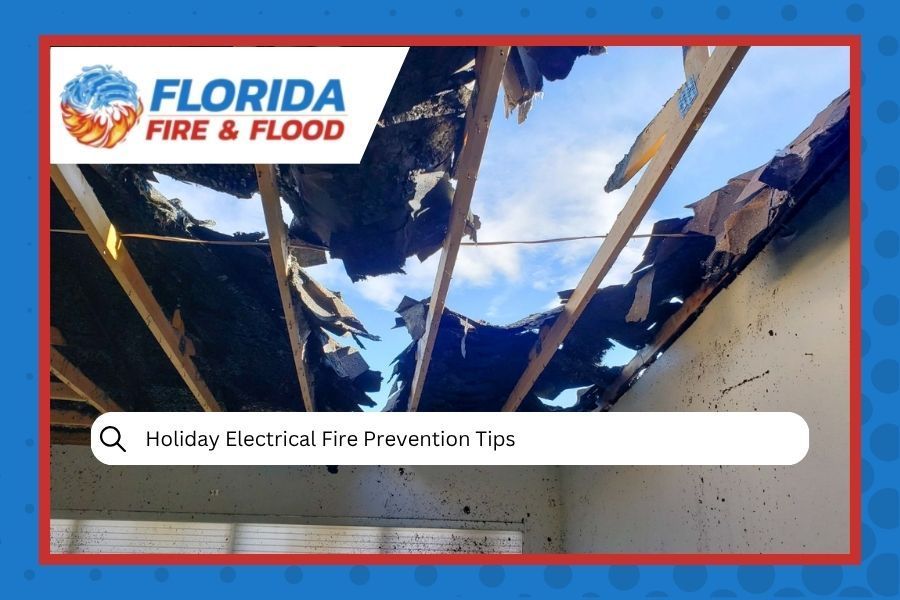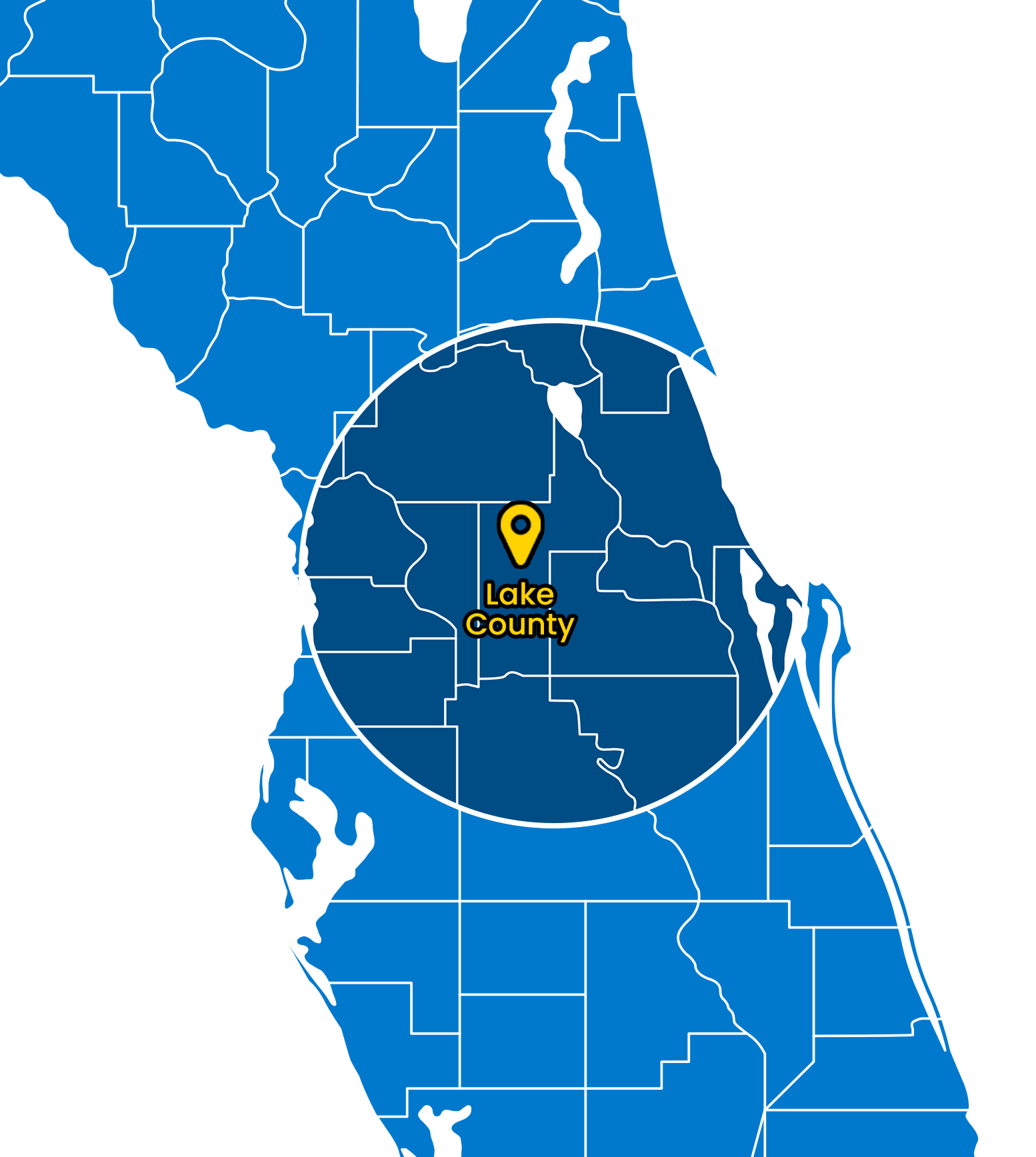AMRT - Applied Microbial Technician I, (Mold Remediation)
When water damage hits, whether it's from a flood, leak, or sewage backup, there's a lot to think about. It's tempting to clean things up yourself or assume it's not that bad. But moving too fast, or not fast enough, can make the damage worse. That's why it's so important to take the right steps immediately and learn about 5 common mistakes to avoid after water damage.
When water damage strikes unexpectedly, knowing how to respond can make all the difference. This guide outlines the essential steps to take and mistakes to avoid when facing a flood, leak, or sewage backup, along with why fast action is key to a successful water damage restoration service.
Step-by-Step: What to Do After Flood, Leak, or Sewage Backup
Here's what you should do immediately after discovering water damage in your home to limit the damage and protect your safety.
- Stop the Water: If the source is inside your home, like a pipe burst or leaking appliance, shut off the water at the main valve. If you don't know where that is, now’s a good time to find out. The faster you stop the flow, the less damage your home will take.
- Shut Off the Electricity (If It's Safe): If water is near outlets or electrical appliances, turn off power at the breaker.
- Move What You Can: If it's safe to do so, remove valuables and personal items from wet areas.
- Document the Damage: Before any cleanup starts, take photos of everything affected by water. These will help with insurance claims and future repairs.
- Call a Professional Immediately: Water hides behind walls and under floors. Certified restoration professionals use industrial tools to remove water, dry out structures, and prevent mold.
5 Common Mistakes to Avoid After Water Damage
When disaster strikes, doing the wrong thing can be just as risky as doing nothing. Here are the top mistakes we see, and how to avoid them.
Mistake #1: Using Electrical Appliances in Wet Areas
Never plug in, touch, or turn on anything electric if water is present. This includes light switches, fans, and vacuums. Safety comes first; shut off the breaker and wait for a professional.
Mistake #2: Underestimating the Damage
Even if the water "looks" like it's gone, moisture may still be trapped inside drywall, flooring, or insulation. This hidden water creates the perfect environment for mold growth, which can lead to serious health problems. It is very important you understand the health risks of mold from water damage.
Mistake #3: Waiting Too Long to Act
Water damage worsens every hour. In as little as 24 hours, mold can begin to form, and by then, cleanup costs can skyrocket. Quick action minimizes your losses and helps your insurance claim process go more smoothly.
Mistake #4: Using DIY Methods That Don't Work
Many homeowners try to mop up the water or run fans. But without professional drying equipment, water gets trapped. This is especially true after issues like shower or tub leaks, where water can soak behind tile or walls. Professionals will know how to handle shower and tub leaks correctly.
Mistake #5: Not Calling a Professional Restoration Company
Water damage is more than just water; it's structural damage, possible mold, and health hazards. Trying to fix it yourself might save money short term, but the long-term risk is far greater. Our team uses industrial-grade tools and techniques to detect hidden moisture and restore your home the right way.
Not all water damage is the same. Homeowners often ask: "What's the difference between clean water and sewage water during a leak?"
Clean water from a supply pipe is generally safe at first, though it still causes damage. However, black water, from sewage backups, toilet overflows, or floodwater, is dangerous and contains harmful bacteria. These cases require full sanitization and proper PPE. If you're unsure of the source, treat all water as unsafe until a professional assesses it.
How Florida Fire & Flood Can Help
At Florida Fire & Flood, we're here when you need us most. We specialize in 24/7 emergency response for water damage, leaks, and sewage backups across Central Florida. We're trained to handle it no matter the source, from faulty plumbing to heavy rain.
Here's what you can expect from our water damage restoration service:
- Rapid Response: We show up quickly to stop damage and start cleanup
- Water Extraction & Drying: We use commercial-grade tools to fully dry your home
- Mold Prevention & Disinfection: We treat all surfaces to prevent future problems
- Structural Repairs: From drywall to flooring, we help get your home back to normal
We've helped homeowners recover from everything, including toilet overflows. If you're wondering how these issues get so out of hand, check out this helpful read on how toilets can cause serious water damage.
And if your issue was caused by old or corroded pipes, our team can also walk you through how to prevent leaky pipes in the future.
Call Now Before Things Get Worse
Don’t wait for water damage to turn into mold, rot, or structural issues. If your home has taken on water, or you even
suspect a leak, call our team right away. Contact Florida Fire & Flood at (352) 644-7969 or
fill out an online form on our website. We're available 24/7 and ready to help you recover quickly, safely, and professionally.







